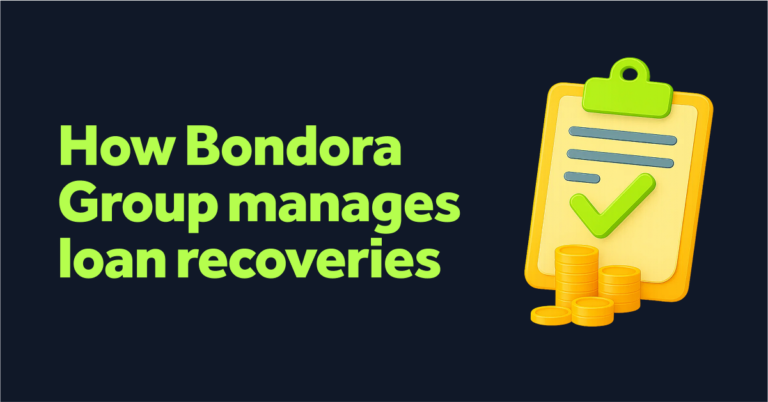The secondary market saw less activity over the month of April, even as loan originations on the Bondora platform were hitting record highs. Total activity on the Bondora secondary market came to €745,593 in the most recent month, down 21.5% from March. Investors transacting manually on the secondary market did so at a similar rate as last month, with manual transactions down only 3.7%. It was Portfolio Manager transactions which took the brunt of the reduction in transactions, with €271,048 transacted via Portfolio Manager in April, down 23.9% compared to March. This coincides with a lower share of investments made by Portfolio Manager users in April, as Go & Grow took a higher share.

Current Loans
Current loans made up 75.9% of total secondary market transactions over the month. Current loan figures were down almost across the board when compared to the previous month, with Portfolio Manager loans purchased at par value still accounting for the majority of current loan transactions, totaling €359,283, or, 53.1% of all current loan transactions.

Overdue Loans
Overdue loan transactions slipped by 4.1% in April, down to €33,156 on the month. However, overdue loans purchased at a discount rose to €24,178, up 5.8% from a month ago. Yet, loans purchased at par and premiums were down. These trends point to investors purchasing overdue loans at cheaper prices than in previous months.

Defaulted Loans
Surprisingly, as other secondary market categories saw declines in transactions, there was an increase in defaulted loan transactions in April. In total, there was €36,038 worth of defaulted loans transacted on the month, representing a sizable increase of 44.9%. As API transactions account for a small amount of the total, and Portfolio Manager does not transact in any defaulted loans, the majority of this increase came in manual loan purchases.

Investors Take More Risk in April
This month investors took a step back from the secondary markets, transacting less than in previous months even as loan originations rose considerably. However, those that did transact in April, on average, took more risks by purchasing an increasing amount of defaulted loans than last month. In fact, defaulted loan transactions surpassed overdue loan transactions in April, a trend that is very uncommon given the risky nature of defaulted loans. It will be interesting to see how investors transact on the Bondora secondary market in the coming months, and if they are open to taking on more risk in the ways seen this month.
As always, investing in the secondary market can be risky, and you should always learn as much as possible before attempting to buy and sell loans on the secondary market. Investors should not seek higher returns from buying and selling loans on the Bondora secondary market.
You can learn more about the Bondora secondary market here, or contact an experienced Investor Relations Associate at investor@bondora.com.


